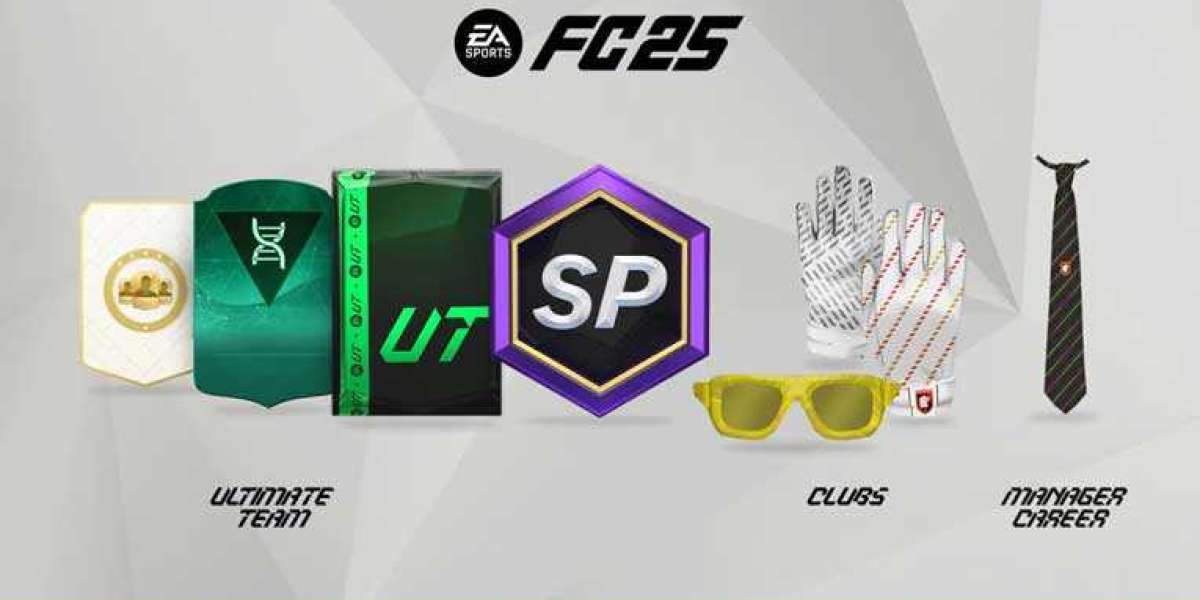Fire safety is a critical aspect of any home, workplace, or public space. One of the most important tools for fire safety is the fire extinguisher. Understanding how to choose, use, and maintain a fire extinguisher can be the difference between a minor incident and a major disaster. In this blog, we’ll explore the different types of fire extinguishers, how they work, and essential safety tips to ensure you’re prepared in the event of a fire.
What is a Fire Extinguisher?
A fire extinguisher is a portable device designed to extinguish small fires. It works by releasing a substance that cools the burning material, deprives the fire of oxygen, or interrupts the chemical reaction at the flame’s core. Fire extinguishers are categorized by the type of fire they are designed to combat, and it’s crucial to use the correct type for the specific fire to avoid making the situation worse.
Types of Fire Extinguishers
Fire extinguishers are classified into five main types, each identified by a letter and symbol that indicate the types of fires they are effective against:
1. Class A Fire Extinguishers
- Use: Fires involving ordinary combustible materials like wood, paper, cloth, rubber, and some plastics.
- Extinguishing Agent: Water, foam, or dry chemical.
- Symbol: A green triangle with the letter "A".
2. Class B Fire Extinguishers
- Use: Fires involving flammable liquids such as gasoline, oil, paint, and grease.
- Extinguishing Agent: CO2, foam, or dry chemical.
- Symbol: A red square with the letter "B".
3. Class C Fire Extinguishers
- Use: Fires involving electrical equipment like appliances, wiring, circuit breakers, and outlets.
- Extinguishing Agent: CO2 or dry chemical, which are non-conductive and safe to use on electrical fires.
- Symbol: A blue circle with the letter "C".
4. Class D Fire Extinguishers
- Use: Fires involving combustible metals like magnesium, titanium, potassium, and sodium.
- Extinguishing Agent: Dry powder specifically designed for metal fires.
- Symbol: A yellow star with the letter "D".
5. Class K Fire Extinguishers
- Use: Fires involving cooking oils and fats, typically in commercial kitchens.
- Extinguishing Agent: Wet chemical agents that cool and suppress the flames.
- Symbol: A black hexagon with the letter "K".
How to Use a Fire Extinguisher: The PASS Method
Using a fire extinguisher correctly is crucial for your safety and effectiveness in putting out a fire. The PASS method is a simple acronym to help you remember the steps:
- Pull the pin: This unlocks the operating lever and allows you to discharge the extinguisher.
- Aim the nozzle: Point it at the base of the fire, where the flames are closest to the fuel source.
- Squeeze the lever: This releases the extinguishing agent.
- Sweep the nozzle: Move it from side to side across the base of the fire until it’s completely extinguished.
When to Use a Fire Extinguisher
Knowing when to use a fire extinguisher is as important as knowing how. Fire extinguishers are meant for small, contained fires that can be easily controlled. Before using an extinguisher, ensure:
- The fire is small and not spreading.
- You have a clear escape route.
- You are familiar with the fire extinguisher and its operation.
- The area is not filled with smoke.
If the fire is too large or spreading rapidly, evacuate immediately and call emergency services.
Maintenance and Inspection
Regular maintenance and inspection of fire extinguishers are essential to ensure they function correctly when needed. Here are some basic tips:
- Monthly Inspection: Check that the extinguisher is in its designated place, the safety seal is intact, and the pressure gauge reads in the operable range.
- Annual Maintenance: Have a professional inspect and service the extinguisher annually to ensure all components are in working order.
- Hydrostatic Testing: Every 5-12 years (depending on the type of extinguisher), a hydrostatic test should be conducted to check the integrity of the cylinder.
Fire Safety Tips
Fire extinguishers are just one part of a comprehensive fire safety plan. Here are some additional tips to enhance fire safety:
- Install Smoke Alarms: Place smoke alarms in key areas of your home or workplace and test them monthly.
- Create an Escape Plan: Ensure everyone knows at least two ways to exit every room and establish a meeting place outside.
- Educate and Train: Train everyone in your home or workplace on how to use a fire extinguisher and when to evacuate.
- Store Flammable Materials Properly: Keep flammable liquids and materials away from heat sources and store them in safe containers.
Conclusion
Fire extinguishers are essential tools for preventing small fires from becoming large disasters. By understanding the different types of extinguishers, how to use them properly, and maintaining them regularly, you can significantly enhance your safety and the safety of those around you. Remember, while extinguishers are invaluable in an emergency, knowing when to evacuate and call for help is just as important. Stay prepared, stay safe!
